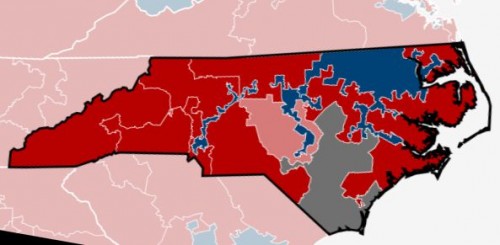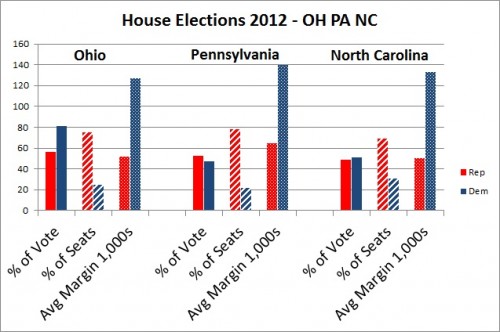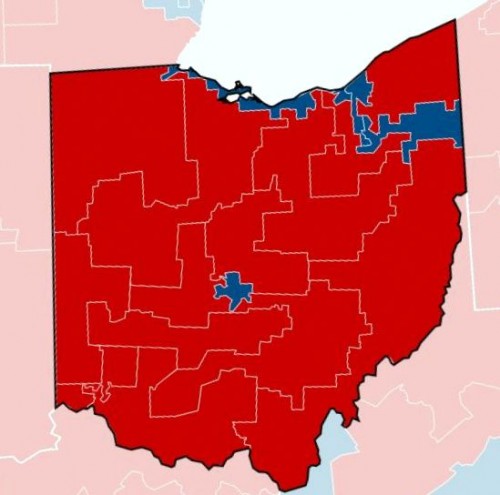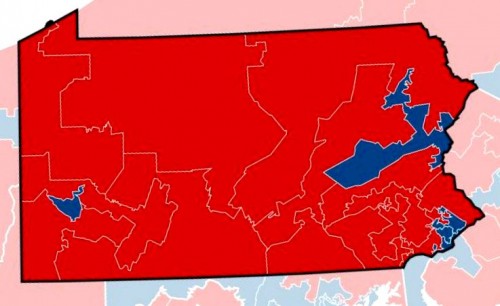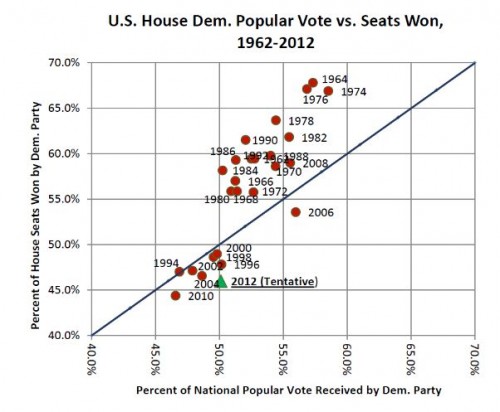Cross-posted at Cyborgology.
Humans produce waste. A lot of waste—much of which comes from our very bodies. Indeed, the average American produces 7 pounds of organic waste per day, largely made up of feces and urine. Cities have to somehow manage this waste, manage these now expelled parts of human bodies, manage that which we produce, drop, leave, and conscientiously ignore. Such management is typically engaged by an underclass of workers, the sanitation department, waste management employees, septic cleaners. When all goes well, waste remains invisible. Unsmelled. Unseen. Silently moved through underground systems and channeled out in ambiguous ways. This is a process to which most producers of bodily waste remain blissfully ignorant.
Sometimes, however, this waste management becomes a problem, and when it does, our expelled and forgotten matter spills back up into human view, reconnecting humans with the ways in which their own bodies must be managed through external structures; reminding humans of the dirty reality of organic embodiment. Such is the case in the New York City sewer system. High water levels, coupled with high waste levels, can lead to sewer overflows, flushing raw human waste into the city’s waterways — including the East River and the Hudson. Nothing reminds humans of their own embodiment like literal consumption of expelled matter. Nothing reconnects humans to an otherwise hidden process than their own shit floating down the river.
A recent solution to this problem of waste re-emergence comes from an unlikely place: social media. Leif Percifield recently introduced a social media tool called DontFlushMe, which allows New Yorkers to keep track of water levels and make waste management decisions accordingly — that is, decisions about whether or not to flush. The system works through sensors within the sewers, which notify users of high water levels via text message, Twitter, a call-in number, or by a website. When water levels get too high, users will ostensibly “let it mellow,” reducing the influx of waste into the sewer systems, and preserving the waterways.
The role of social media here is particularly interesting. Here we have a social tool, a communication medium necessarily removed from the body and physicality, working to reconnect the user to hir body, and reconnect the body to the architectures and structures in which it dwells. This form of mediated communication thins the mediating line between personal actions and public good, between expelling and consuming, between individuals and infrastructures. This tool makes invisible processes visible, and turns everyone into stewards of the shared land.
Such reconnection — between humans and their bodies; between individuals and infrastructures — is facilitated by a tool so often accused of causing disembodiment and disconnection. Social media republicizes and disseminates responsibility for that which was previously relegated out of sight, smell, and mind. This “new” technology, ironically, brings us back to an earlier time of chamber pots and smelly streets, in which bodily awareness was a communal necessity.
*Special thanks to James Chouinard for bringing this social media tool to my attention, and for sharing his vast knowledge on the Sociology of Dirt.
————————-
Jenny Davis is a postdoctoral researcher in the social psychology lab at Texas A&M University. Follow Jenny on twitter @Jup83.






